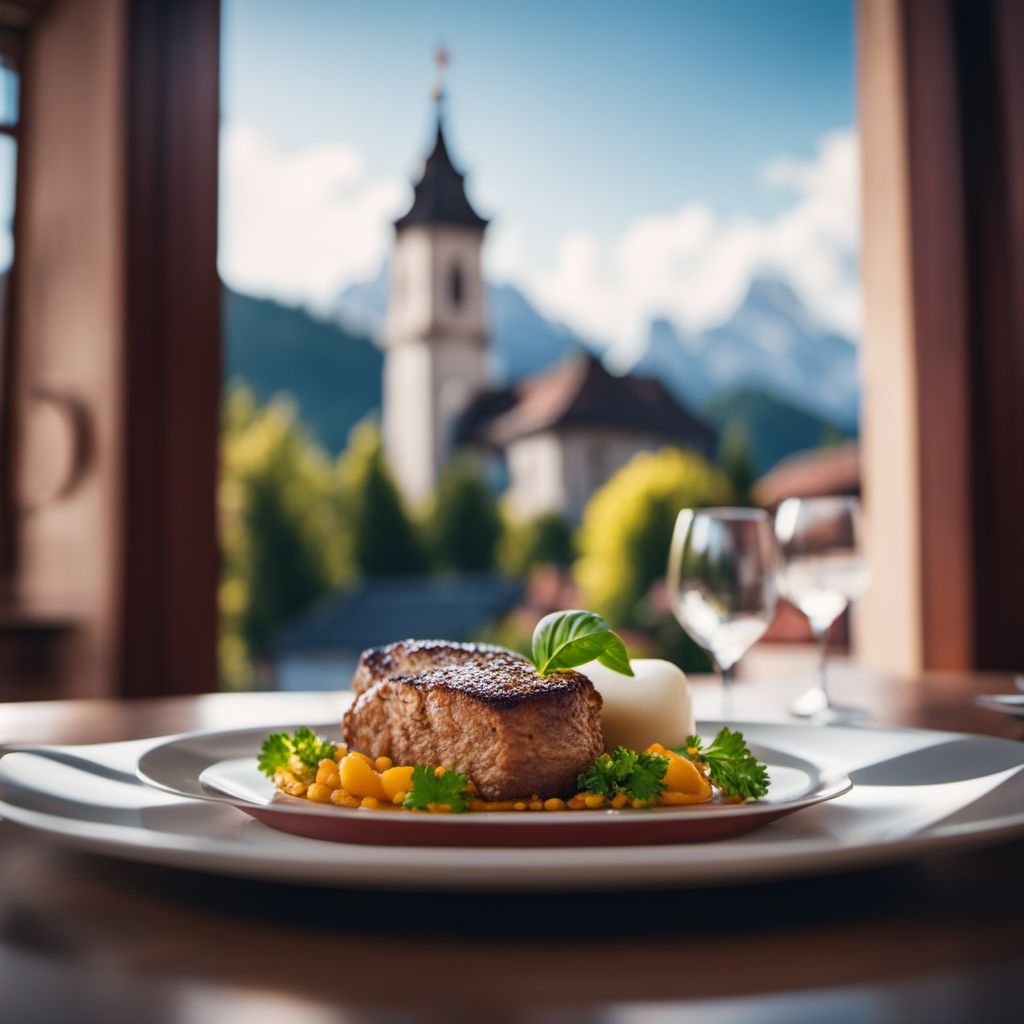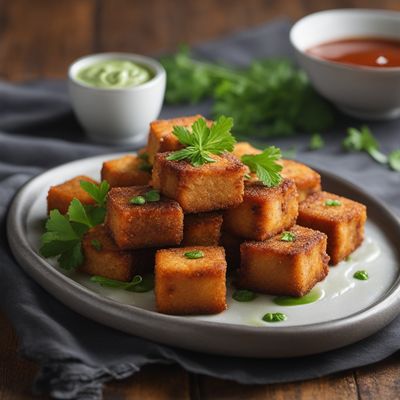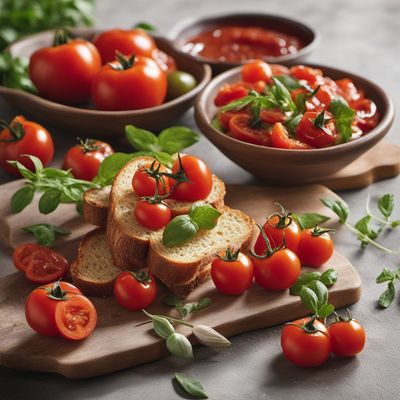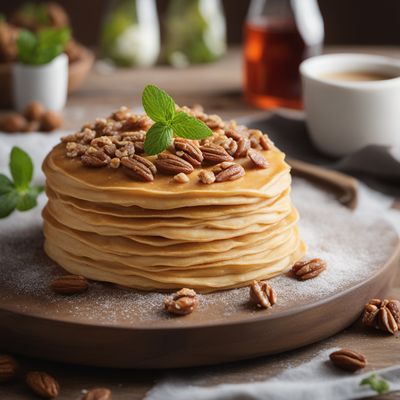
Cuisine
Swiss cuisine
Swiss cuisine is a blend of German, French, and Italian influences. It is known for its use of cheese, potatoes, and meat. Swiss cuisine is hearty and filling, with dishes like fondue, raclette, and rösti. It is also known for its chocolate and pastries.
Typical ingredients
Cheese (such as gruyère, emmental, appenzeller), Potatoes, Meat (such as beef, pork, game), Chocolate, Bread, Wine
Presentation and garnishing
Swiss dishes are often presented in a rustic, home-style manner. Garnishes may include fresh herbs, edible flowers, or small amounts of cheese or meat.
Switzerland is home to over 450 varieties of cheese, and cheese fondue is a popular dish in the country.
More cuisines from this region...
Hungarian cuisine, Slovak cuisine, Polish cuisine, Slovenian cuisine, Austrian cuisine, Czech cuisine, Liechtensteiner cuisine
History
Swiss cuisine has been influenced by its neighboring countries, as well as its own regional traditions. The country's mountainous terrain has also played a role in shaping its cuisine. Swiss cuisine has been influenced by the French, German, and Italian cuisines. The country's cheese-making tradition dates back to the Middle Ages, and it is still a major part of Swiss cuisine today.
Cultural significance
Swiss cuisine is an important part of the country's cultural identity. Cheese-making and chocolate-making are both important industries in Switzerland. Swiss cuisine is also known for its use of fresh, local ingredients.
Health benefits and considerations
Swiss cuisine is generally high in fat and calories, due to its use of cheese, meat, and butter. However, it also contains a variety of nutrients, including protein, calcium, and iron.
Swiss cuisine dishes Browse all »

Ribel
Ribel is a traditional Swiss dish made with cornmeal and milk. It is a hearty and filling meal that is perfect for cold winter days.

Berner Platte
Bernese Platter
Berner Platte is a Swiss dish made with a variety of meats and sausages. The dish is known for its hearty and filling ingredients.

Berner rösti
Berner Rösti
Berner rösti is a traditional Swiss dish made with potatoes and cheese. It is a hearty and filling dish that can be served as a main course or a side dish.

Älplermagronen
Alplermagronen
Älplermagronen is a Swiss dish that originated in the Alpine regions. It is a hearty and filling pasta dish that is perfect for cold winter nights.

Cholermus
Cholermus is a traditional dish that originated in Switzerland. It is a savory pie made with a variety of vegetables and cheese.

Bündner Nusstorte
Grisons nut tart
Bündner Nusstorte is a traditional Swiss dessert that is perfect for any occasion. This delicious dessert is made with a sweet pastry crust and filled with a rich, nutty...

Basler Brot
Basler Brot is a traditional Swiss bread that is often served with cheese or meat. It has a dense, chewy texture and a slightly sweet flavor.

Fastenwähe
Fastenwähe is a traditional Swiss pastry that is typically served during the Lenten season. It is a sweet and spicy pastry that is perfect for the fasting period.
Swiss cuisine recipes Browse all »

Swiss Cordon Bleu with a Twist
Savory Swiss Delight: Stuffed Cordon Bleu with a Crunchy Coating

Swiss-style Potato Gratin
Cheesy Swiss Potato Delight

Longeole Sausage with Potatoes and Cabbage
Hearty Swiss Longeole Sausage Delight

Swiss Alpine Delight
Hearty Swiss Alpine Stew

Crispy Tofu Nuggets with Swiss Herb Sauce
Swiss-inspired Crispy Tofu Nuggets with Herb Sauce

Swiss Alpine Delight
Cheesy Hörnli and Kartoffeln Bake

Capuns with Swiss Chard and Bacon
Swiss Delight: Savory Capuns with a Twist

Bacio di Pantelleria Swiss Style
Swiss Chocolate Hazelnut Delight

Tomato Fondue with Herbed Crostini
Savory Swiss Tomato Fondue Delight

Bündner Nusstorte
Swiss Delight: Irresistible Bündner Nusstorte

Swiss Pear Tart
Pearlicious Delight: A Swiss Twist on Tart

Fondue Bourguignonne with a Twist
Sizzling Swiss Delight: Fondue Bourguignonne Reinvented